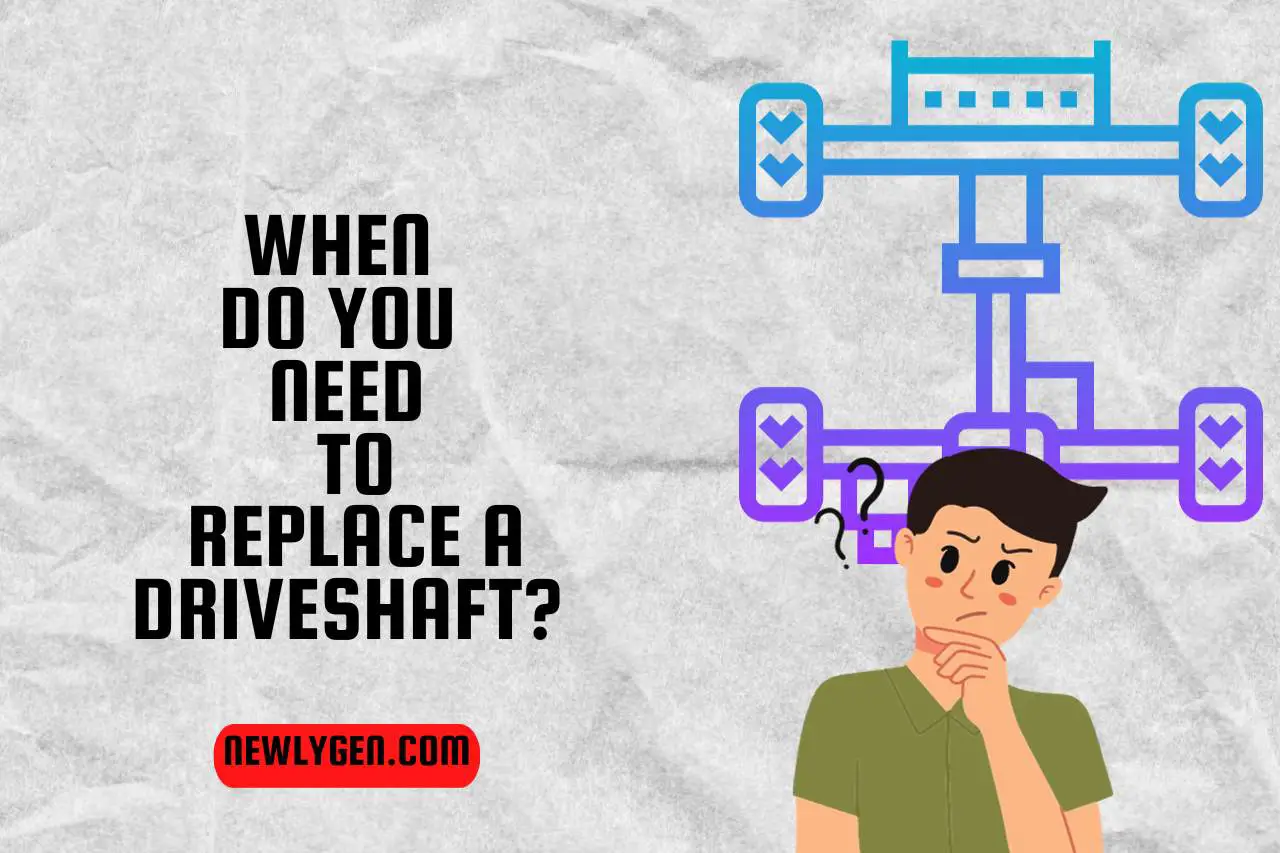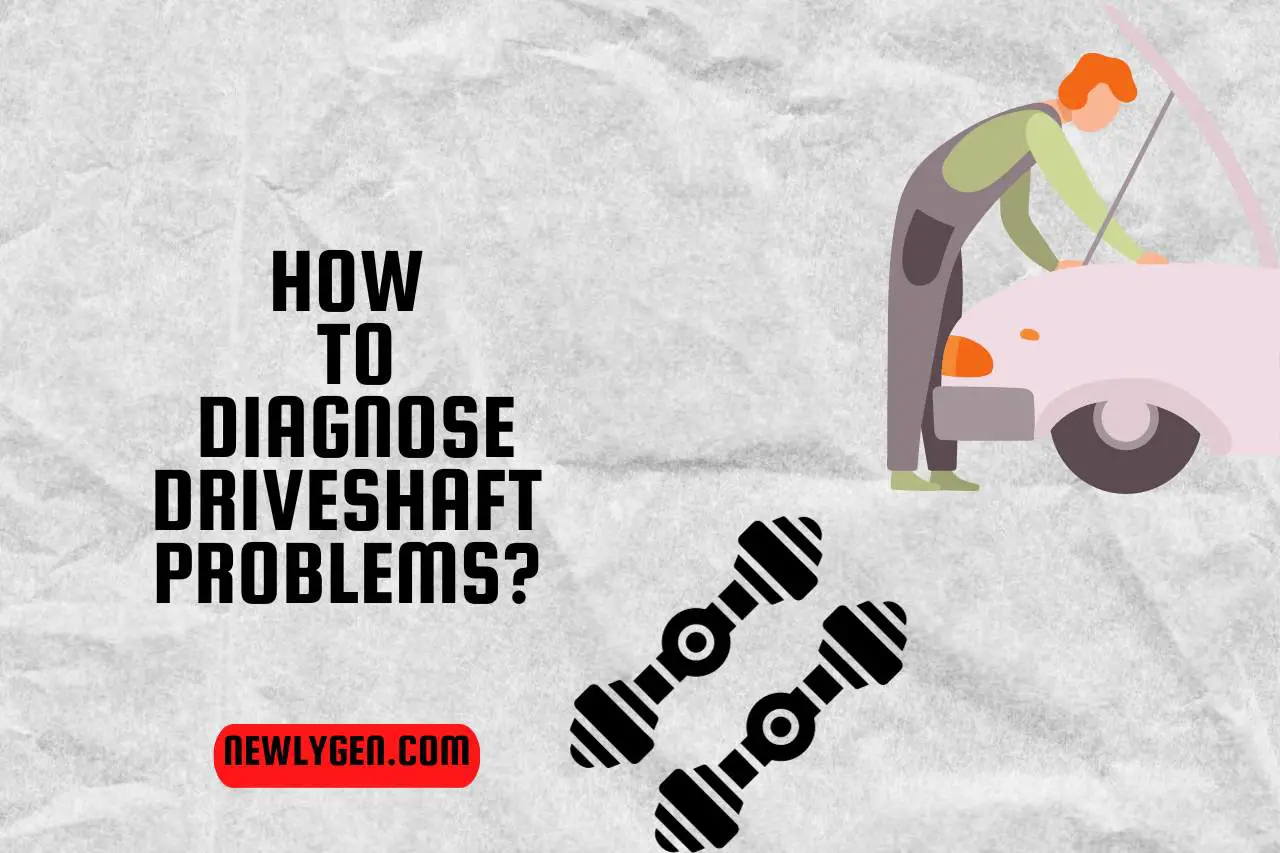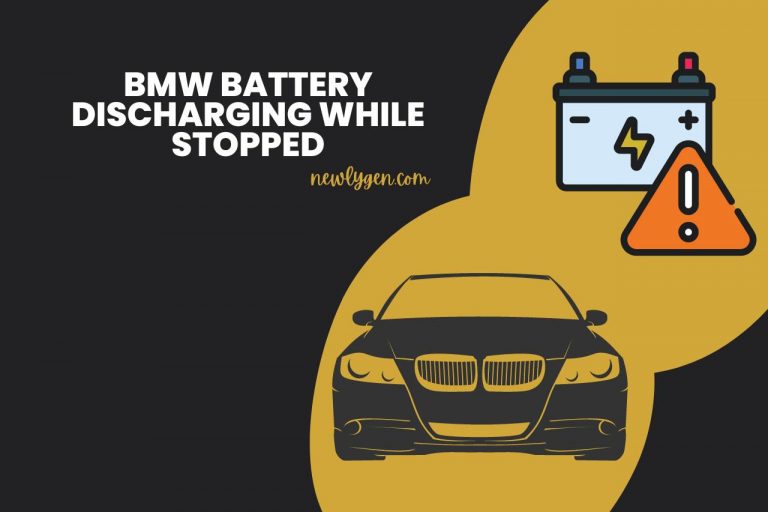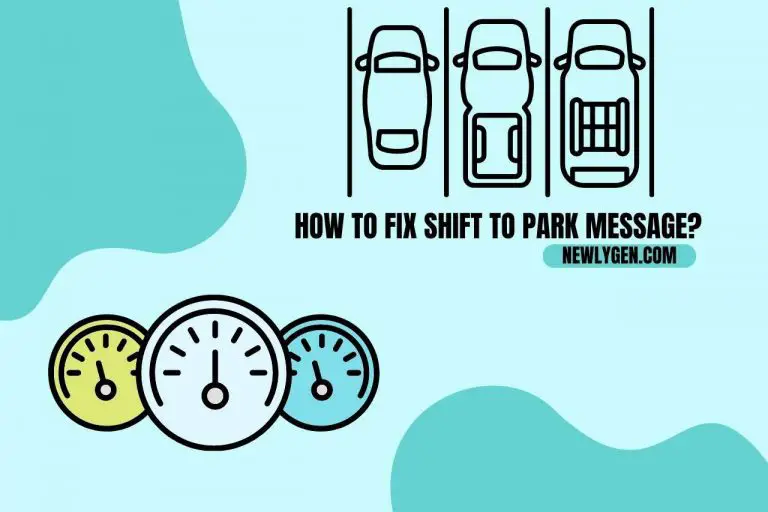How to Diagnose Driveshaft Problems? (Signs & Solutions)
Understanding how to diagnose driveshaft problems is crucial for maintaining your vehicle’s performance and safety. This essential car component can face different problems over time due to driving habits and general wear and tear. But how are you going to diagnose them? No worries; we will be discussing the common signs of a faulty driveshaft, the importance of timely component checks, and the general life expectancy of this critical part. Our goal is to equip you with the knowledge to detect early signs of wear and take appropriate action, ensuring a smooth and safe driving experience. So, join us as we navigate the world of driveshaft diagnostics, blending expertise with practical advice!
How to Diagnose Driveshaft Problems?
To diagnose driveshaft problems, it’s crucial to meticulously check its key components for any signs of wear or damage. U-joints, CV joints, and bearings are some of the attached components to the vehicle’s driveshaft.
Let us explain how you can identify issues related to these components.
- Universal Joints (U-Joints): Inspect the U-joints for wear or damage. Look for any signs of rust, looseness, or excessive play, which can cause vibration and noise issues.
- CV Joints (Constant Velocity Joints): In front-wheel and all-wheel drive vehicles, check the CV joints for tears or leaks in the boot and listen for clicking sounds during turns, indicating wear or damage.
- Center Bearings or Bushings: Examine the center bearings or bushings for wear, too. Just as the components mentioned above, worn bearings can cause vibrations and need to be replaced.
- Driveshaft Tube: Look for dents, bends, or rust on the driveshaft tube, as these can affect the balance and overall function of the driveshaft.
- Driveshaft Balance: Check for any signs that the driveshaft may be out of balance, such as unusual wear patterns or missing balance weights.
- Transmission and Differential Connection Points: Inspect the areas where the driveshaft connects to the transmission and differential. You should look for loose bolts or damage that could affect the driveshaft’s alignment.
- Mounts and Supports: Ensure that all mounts and supports are secure and in good condition, as these are crucial for maintaining the alignment and stability of the driveshaft.
By systematically checking these components, you can effectively diagnose problems with the driveshaft. In case you find any issues, it’s recommended to consult with a professional mechanic for repair or replacement to ensure your vehicle’s safety and optimal performance.
What are the Common Signs of a Faulty Driveshaft?
The common signs of a faulty driveshaft include unusual noises, vibrations, and difficulties in handling the vehicle. If you notice these telltale signs, do not be late to address the issue.
- Unusual Noises: Clunking, scraping, or squeaking sounds while driving, especially during acceleration or deceleration, can indicate a problem with the driveshaft. These noises often arise from worn or failing U-joints or CV joints.
- Vibrations: A faulty driveshaft can also cause the vehicle to vibrate. This vibration usually originates from the undercarriage and is more noticeable at higher speeds. When there is an imbalance in the driveshaft, you will feel this vibration.
- Turning Issues: Difficulty in making turns, or a noticeable resistance or shuddering during turns, can be a sign of problems with the driveshaft, too, particularly with the CV joints in front-wheel-drive vehicles.
- Visible Wear or Damage: While inspecting, if you notice signs of rust, cracks, or bends on the driveshaft itself or wear on the U-joints or CV joints, they will also indicate a need for repair or replacement.
- Inconsistent Performance: If you feel that your vehicle’s acceleration is not as smooth or consistent as usual, it could be a symptom of driveshaft issues affecting power transmission to the wheels.
If you experience any of these symptoms, it’s important to address them promptly because neglecting driveshaft problems can lead to more severe issues with your vehicle’s drivetrain, potentially resulting in costly repairs and safety risks.



When Do you Need to Replace a Driveshaft?
You typically need to replace the driveshaft when it surpasses its general life expectancy and shows deadly signs like vibration and noises.
Indeed, a professional diagnosis is a must to determine whether the driveshaft should be replaced or not. Regular inspections are key in detecting early signs of wear, potentially extending the driveshaft’s service life.
On average, a well-maintained driveshaft can last for tens of thousands of miles, often aligning with the broader lifespan of the vehicle.
However, sometimes, welding would be enough to bring the good condition of the component, but this repair needs professional skills and knowledge. Otherwise, the driveshaft will lose its balance and straightness.
The lifespan of a driveshaft can vary, but it generally offers considerable longevity. Key factors influencing the life expectancy of driveshaft include:
- Driving Habits: Aggressive driving or frequent driving on rough roads can shorten the driveshaft’s lifespan.
- Vehicle Type: Different vehicles have varying driveshaft life expectancies, with heavy-duty vehicles often requiring more frequent replacements.
- Maintenance Routine: Regular maintenance, including inspections and lubrication, can significantly extend the life of a driveshaft.
- Environmental Conditions: Exposure to harsh weather conditions, such as extreme cold, heat, or corrosive environments, can accelerate wear.
Watch this one,
Video Credits – 1A Auto: Repair Tips & Secrets Only Mechanics Know
You May Also Like
Does Driveshaft Make a Noise? (Causes & Diagnostics)
Can a Bad Driveshaft Cause Vibration? Automotive Insights!
Can you Weld a Driveshaft? (Techniques & Tips)
How to Fix a Squeaky Driveshaft? Stop the Squeak!
Can you Drive without a Driveshaft? (What You Need to Know)
How to Service Drive Shaft? (Tips & Techniques)
Can a Bad Driveshaft Affect Transmission? Expert Insights Revealed!







![What Causes Spray Paint to Bubble? [Steps To Fix It]](https://newlygen.com/wp-content/uploads/2023/02/what-causes-spray-paint-to-bubble-1-768x512.jpg)